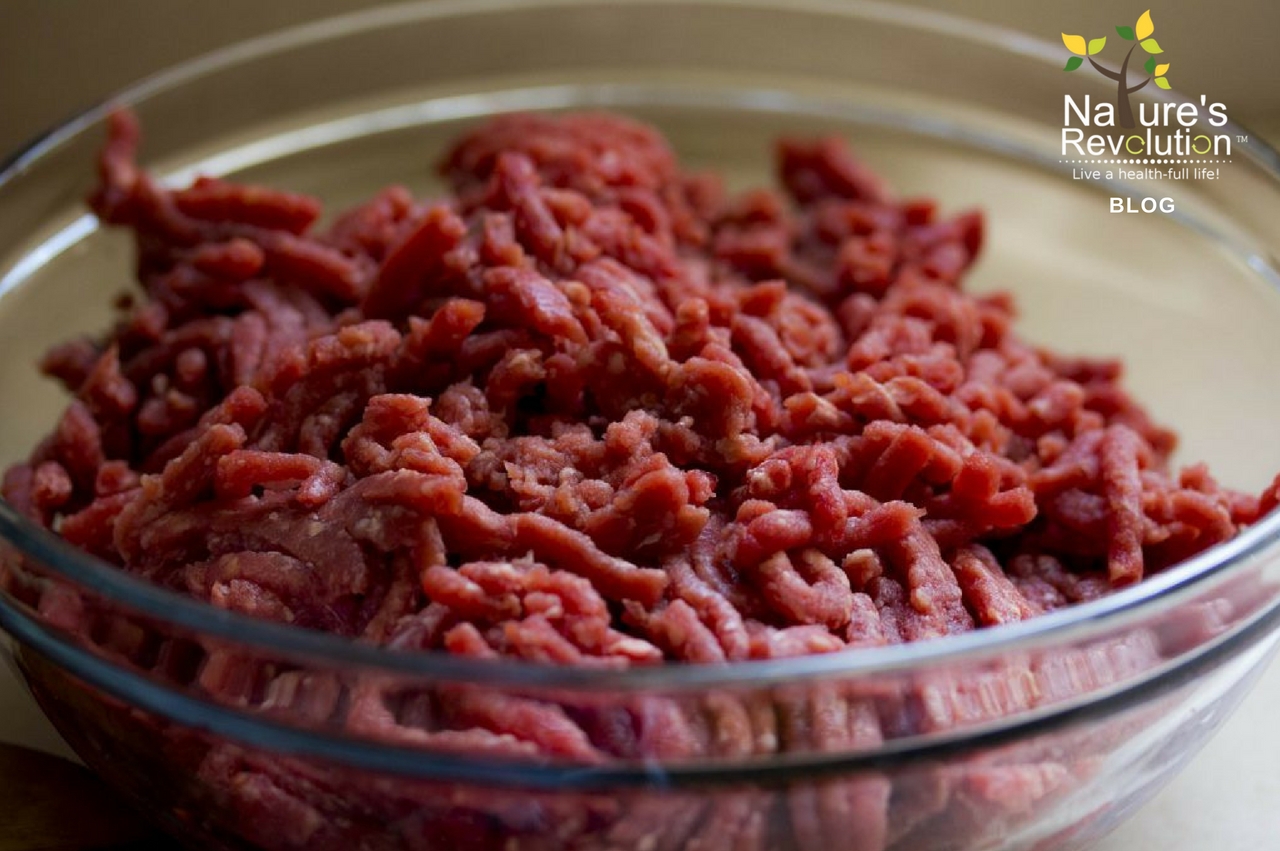Over the past decades, high fructose corn syrup has emerged as a better alternative to sugar. It’s found in thousands of foods, from cereals and fruit juices to low-carb chocolate and protein bars.
Pink Slime – What Is It and Is It Still In Use Today?

Pink Slime – What Is It and Why Are Food Manufacturers Still Using It?
Ever heard of pink slime? This controversial meat filler has been subject to controversy and lawsuits over the years. Last year, the popular news channel ABC faced a defamation trial for exposing its dangers back in 2012. Yet, pink slime is still being used in hundreds of meat products worldwide.
What Is Pink Slime?
The term “pink slime” refers to boneless lean beef trimmings and finely textured beef. Basically, it’s a meat byproduct used in ground beef, sausages, hot dogs, and deli meats. Manufacturers use it as a food additive or filler.
This product is made by simmering and then squeezing lean meat through a pipe. Next, the meat is treated with ammonia, dyed pink, and frozen into large bricks that are delivered to meat producers. Initially, pink slime was only used in dog and cat food. Today, it can be found in a wide range of meat-based foods, especially ground beef.
What’s Wrong with Pink Slime?
At first glance, pink slime looks perfectly fine. After all, it’s lean meat with no fat or bones. The problem is that it’s heavily processed and sprayed with ammonium hydroxide to kill harmful bacteria and increase its pH levels.
Let’s return to ammonia. This compound is naturally found in the human body. It’s a waste product that gives urine its odor. That means that your body is very efficient at getting rid of it. Additionally, most people use ammonia in cookies, cake, puddings, bread, and other homemade goodies.
Despite these facts, ammonia is anything but safe, especially when consumed in large amounts or over long periods of time. Actually, it’s one of the primary ingredients in rubber, plastics, and fertilizers. Prolonged exposure to ammonia has been linked to tissue and organ damage, circulatory problems, allergic reactions, and digestive distress.
Additionally, pink slime is highly processed. Even though it has little or no fat, there is nothing natural about it. Yet, over 70 percent of the ground beef found in stores contains this ingredient. Since it’s not listed on food labels, you don’t really know what goes onto your plate.
Grass-fed meat is the safest choice. It contains no antibiotics, hormones, or chemicals with potential side effects. Plus, it’s lower in trans fats compared to processed meat. Think twice before buying those juicy burgers. To stay safe, prepare them at home using organic meat.








No comments yet.